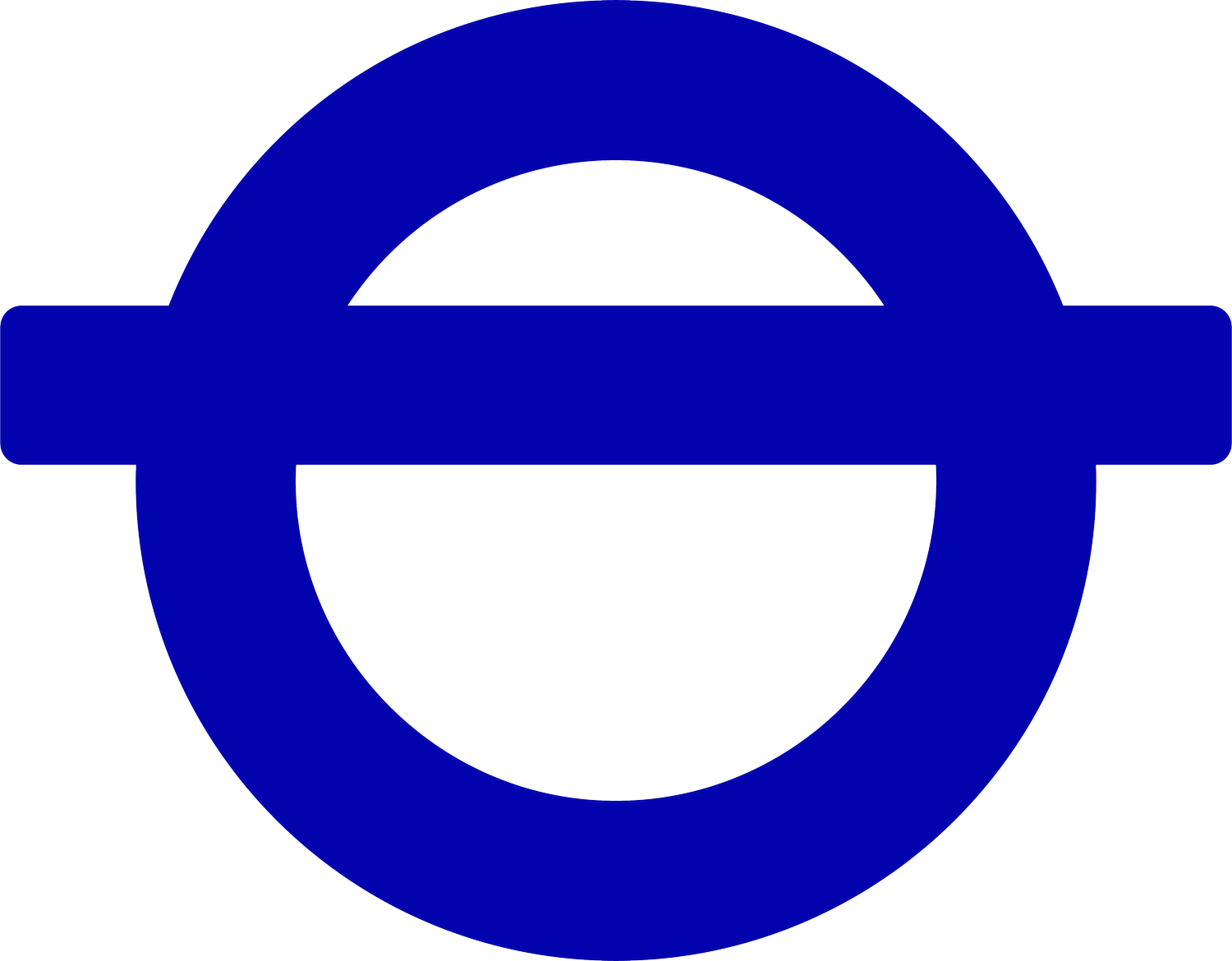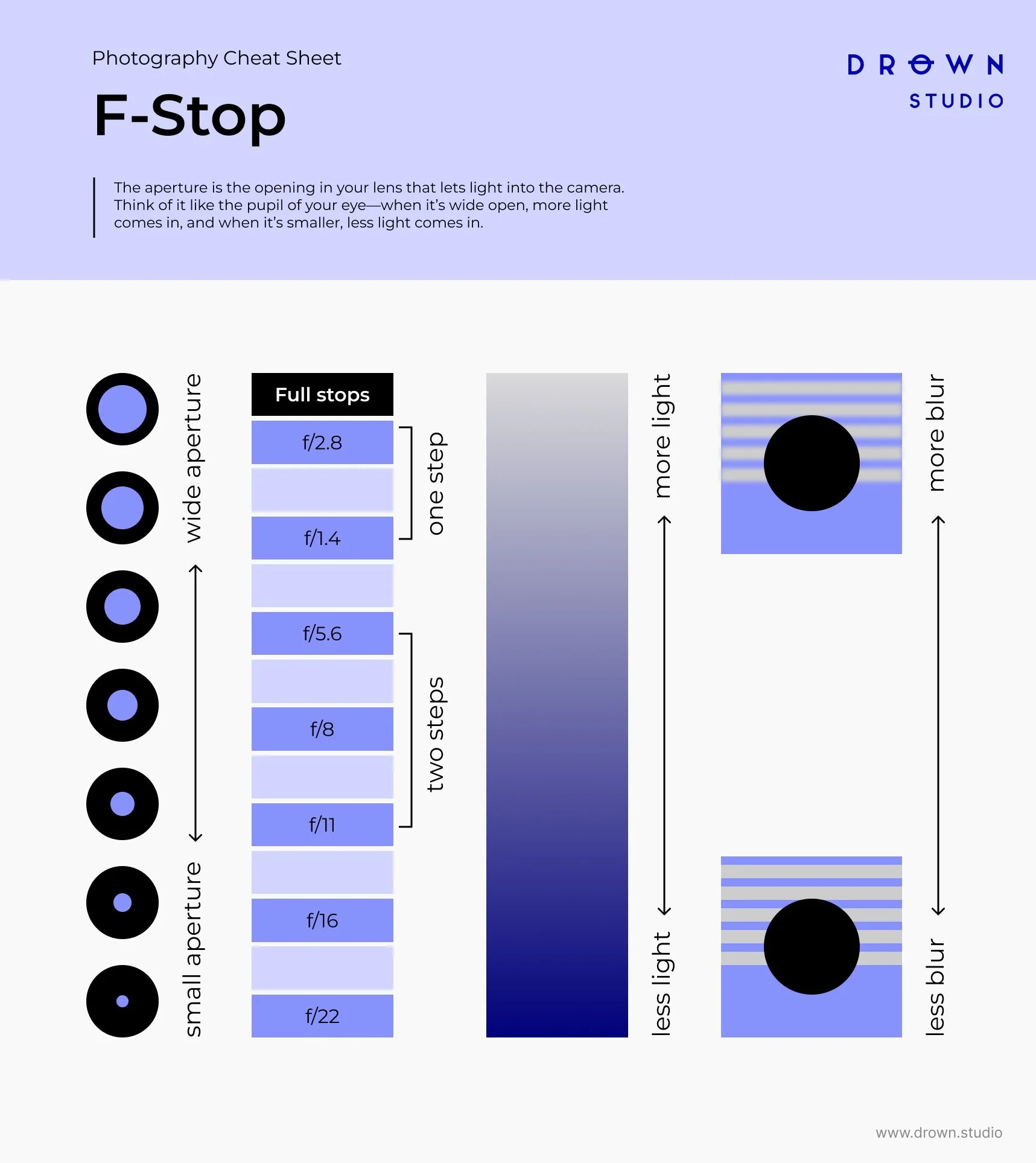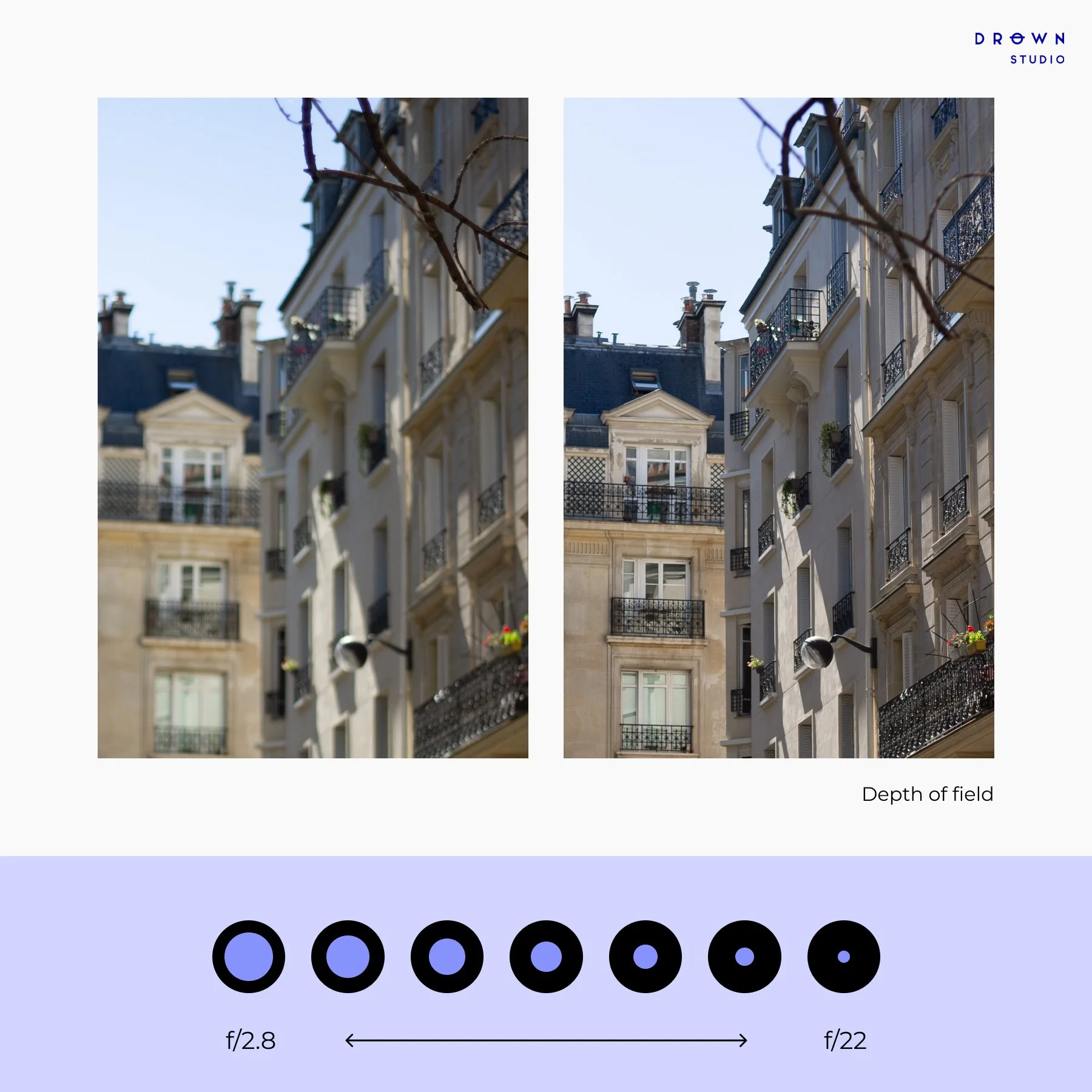what is an F-Stop on a camera? The basics explained
If you're new to photography, you may have come across the term "f-stop" but aren't quite sure what it means. Don’t worry—you're not alone! Let's break it down into simple terms and explain when and how you should use it to take better photos.
What is an F-Stop?
An f-stop refers to the aperture setting on your camera. The aperture is the opening in your lens that lets light into the camera. Think of it like the pupil of your eye—when it’s wide open, more light comes in, and when it’s smaller, less light comes in.
The f-stop number tells you how big or small this opening is.
Lower f-stop numbers (like f/1.4, f/2, or f/2.8) mean the aperture is wide open, allowing more light to enter the camera.
Higher f-stop numbers (like f/11, f/16, or f/22) mean the aperture is smaller, letting less light in.
How Does F-Stop Affect Your Photos?
The f-stop setting affects two major things in your photos:
1. Exposure (Brightness):
Since the aperture controls how much light enters the camera, the f-stop setting directly affects how bright or dark your image will be. A lower f-stop (wide aperture) lets in more light, which is great for shooting in low-light conditions. A higher f-stop (narrow aperture) limits light, which is helpful in bright conditions or if you want to avoid overexposure.
2. Depth of Field (Focus):
F-stop also affects how much of your photo is in focus. A low f-stop (e.g., f/1.8) will give you a shallow depth of field, meaning your subject will be sharp, but the background will be nicely blurred (perfect for portraits!). A high f-stop (e.g., f/11) will give you a deep depth of field, meaning more of the scene will be in focus (great for landscapes).
When Should You Adjust the F-Stop?
Here’s a quick guide on when to use different f-stop settings:
Low F-Stop (f/1.4 - f/4):
Use for: Portraits, low-light conditions, or when you want to blur the background.
Why: A wide aperture (low f-stop) lets in more light and creates a beautiful background blur (called "bokeh"). It isolates your subject by keeping them sharp while the background fades out of focus.
Medium F-Stop (f/5.6 - f/8):
Use for: General photography, such as street scenes or everyday shots.
Why: This range gives a balanced depth of field, meaning your subject will be sharp, and the background will be somewhat in focus. It's good for when you want both the subject and background to have a bit of clarity.
High F-Stop (f/11 - f/22):
Use for: Landscapes, architecture, or group photos where you need everything in focus.
Why: A narrow aperture (high f-stop) gives you a deep depth of field, making sure most of the scene, from foreground to background, is sharp.
How Do You Change the F-Stop?
If you're using a DSLR or mirrorless camera, you can adjust the f-stop in Aperture Priority mode (A or Av) or Manual mode (M). In Aperture Priority, you set the f-stop, and the camera will automatically adjust other settings like shutter speed to ensure a correct exposure. In Manual mode, you have full control over both the aperture and the shutter speed.
In summary, the f-stop is a key tool for controlling the light and focus in your photos. Use a low f-stop for brighter, artistic shots with blurred backgrounds, and a high f-stop for sharper, more detailed images where everything is in focus.
Understanding how to control your f-stop opens up a world of creative possibilities in your photography!





